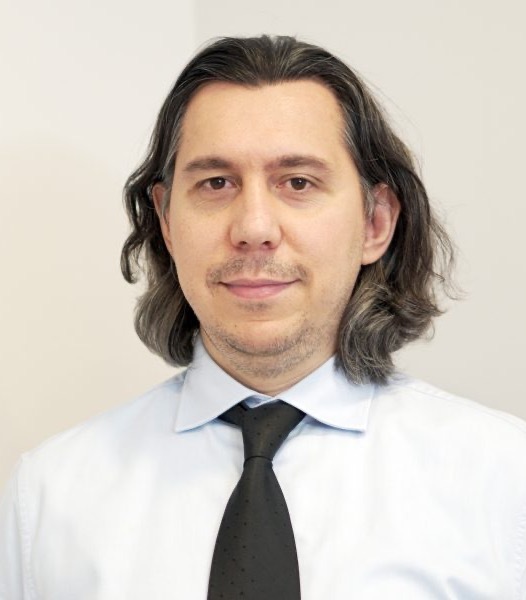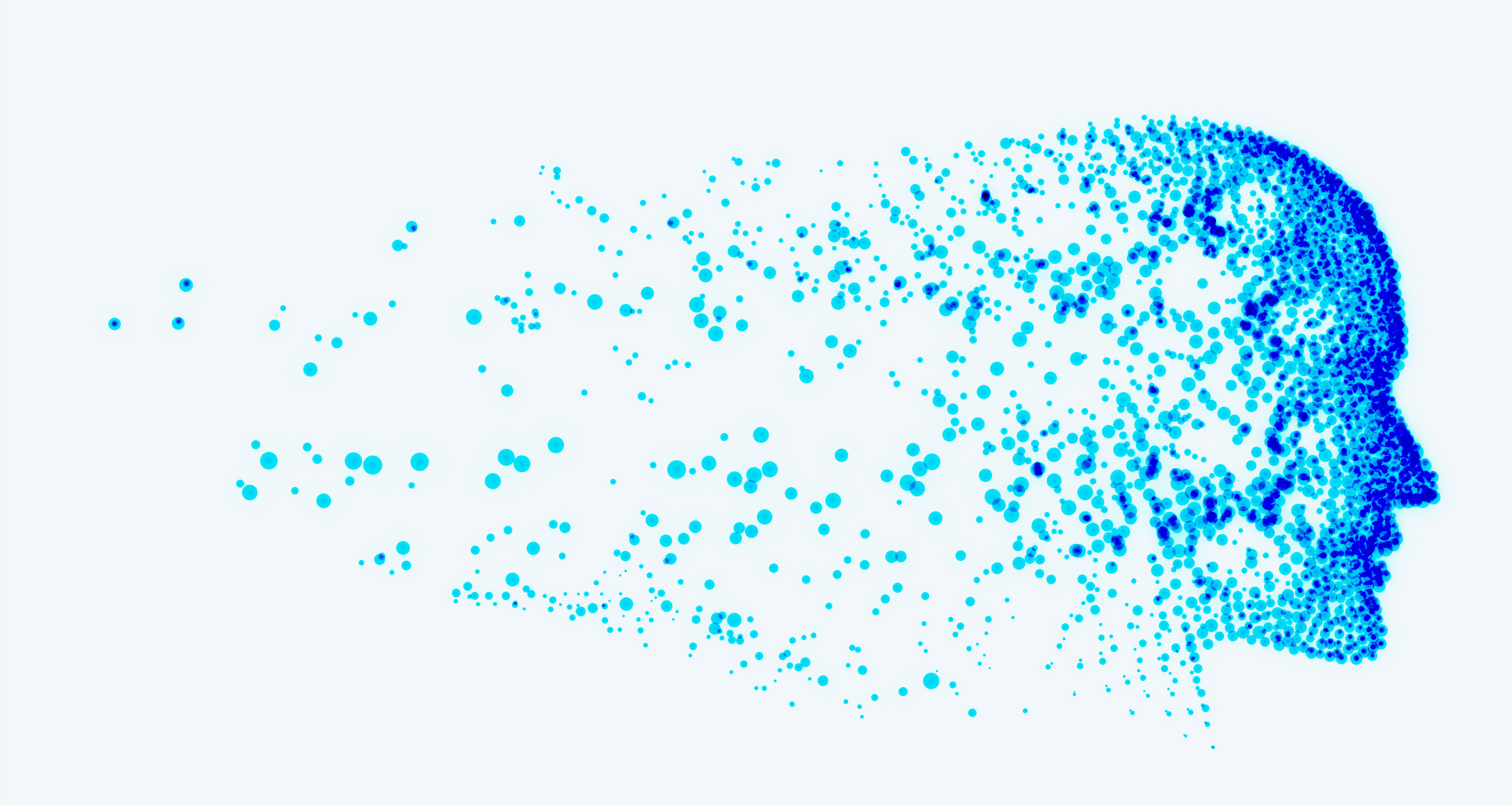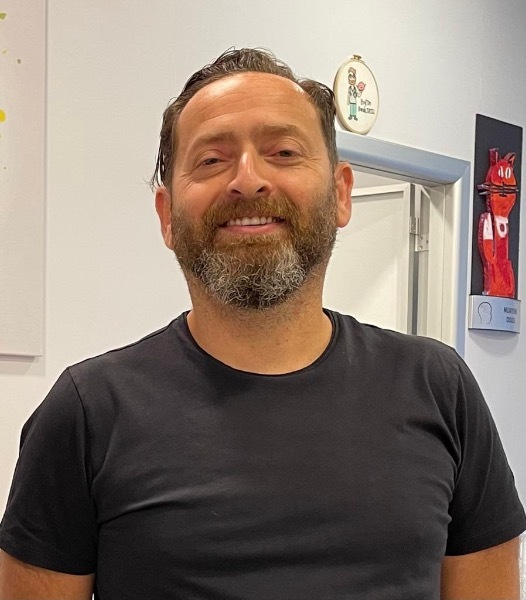What is epilepsy?
Our brain is made up of millions of nerve cells and the cells that support them. The cells in our brain communicate with each other through complex electrical and chemical substances and enable us to move in the direction we want.

Our brain is made up of millions of nerve cells and the cells that support them. The cells in our brain communicate with each other through complex electrical and chemical substances and enable us to move in the direction we want. Attacks described as seizures occur as a result of the sending of stimuli outside of the normal activity of some of these cells, which work with a certain order and coordination under normal conditions. Findings related to the task for which this abnormally functioning structure is responsible occur. For example, as a result of the abnormal behavior of the cells controlling our left arm, numbness (sensory), tingling, rhythmic beats-contractions may occur in our left arm. We define this type of seizure in which consciousness is not affected as focal (simple) seizure, and attacks in which consciousness is affected as whole body contractions or tremors are defined as generalized seizures. Such definitions help us to understand the cause of the seizure. The condition in which more than one seizure recurs is called epilepsy (Sara). It can be seen throughout life, starting from the mother’s womb. It is more common in children, especially due to special conditions in the child’s nervous system. Any condition that disrupts/differentiates the functioning of nerve cells in the brain can lead to seizures. (Head injuries, brain strokes, stroke, meningitis, brain inflammation such as encephalitis, high fever, some stimulant drugs, diseases causing mental retardation, familial-hereditary diseases)
Most of the seizures last 2-5 minutes, rarely 30 minutes long seizures, this situation is called status epilepticus, they should be followed under intensive care conditions. It is a life-threatening condition. Seizures can occur in a variety of ways, but basically they can include one or more of sensory, motor, autonomic and psychic findings. The most common attacks we encounter are generalized tonic-clonic seizures. Generalized is a state of prevalence in which the whole body is affected. The tonic is characterized by contraction of the affected area, usually lasting for 10 seconds to 2 minutes. If the contracted area is the chin, neck and throat area, the patient develops cyanosis (bruising) due to breathing after a short time. Since enough oxygen cannot reach the brain, there is a temporary shutdown in all brain functions, including the problematic cells, which usually ends the seizure event, then rhythmical described as clonic. beats may occur. Holding the patient’s limb, which is the beats, does not stop the beats, this is typical for a seizure. After the beats and contraction, there is a relaxation in the body, the patient goes into a deep sleep, this period (postictal) can last from 5-10 minutes to 1-2 hours. It is a kind of rest period. Afterwards, some symptoms such as headache, desire to sleep, nausea, vomiting, inability to speak, vision, memory loss may occur. This condition is completely harmless and is expected to completely improve within 2-4 hours.
The drugs used for seizure control are defined as antiepileptic drugs. None of these drugs can treat the cause of epilepsy, they only protect the patient by reducing the possibility of seizures. In other words, these drugs are symptomatic treatments. Antiepileptic drugs have a wide spectrum of side effects. Although side effects have been tried to be understood in experimental and clinical studies for many years, the long-term effects of many drugs may still not be fully known. For these reasons, pediatric neurologists all over the world try not to start antiepileptic drugs as much as possible. However, due to the frequency of seizures, the clinical condition of the patient and the secondary effects that the seizure may cause, one or more drugs can be added to the treatment when necessary. Usually, drug treatment is not started in the first seizure. A patient with normal neurological examination and EEG findings after the first seizure is considered to have a 40% chance of seizure recurrence within 6 months. However, if a second seizure is experienced during this period, it should be known that a third seizure may occur in the near future with a rate of 70%. (More than one seizure in the same day is considered as a single seizure.) Most of the patients are given antiepileptic drug therapy, which is started at a low dose according to EEG findings, cranial imaging, electrolytes and seizure description and gradually increased. It should be known that in some cases, with the decision of the physician, more than one seizure may be followed before the drug is started (febrile convulsion, rolandic epilepsy, some of the neonatal seizures, etc.), and the drug may be started with the first seizure (status epilepticus).
It is very important that the first drug that is started is given in the appropriate dose and by the appropriate route to ensure seizure control. To say that the drug is ineffective, it may be necessary to increase the drug level in the blood to just below the toxic limit. If the first preferred drug is considered ineffective, a new drug is started. During this period, it is necessary to discontinue the old drug. Multiple treatments may cause serious problems due to the triggering of side effects rather than benefits. While the single drug provides 60-70% of seizure control, the second drug and the third drug only contribute 5-10% above this rate. It should be known. Treatment-resistant patients (frequent continuation of seizures despite 2 antiepileptic treatments) should be evaluated in terms of epilepsy surgery, ketogenic diet, and vagus nerve stimulation.







